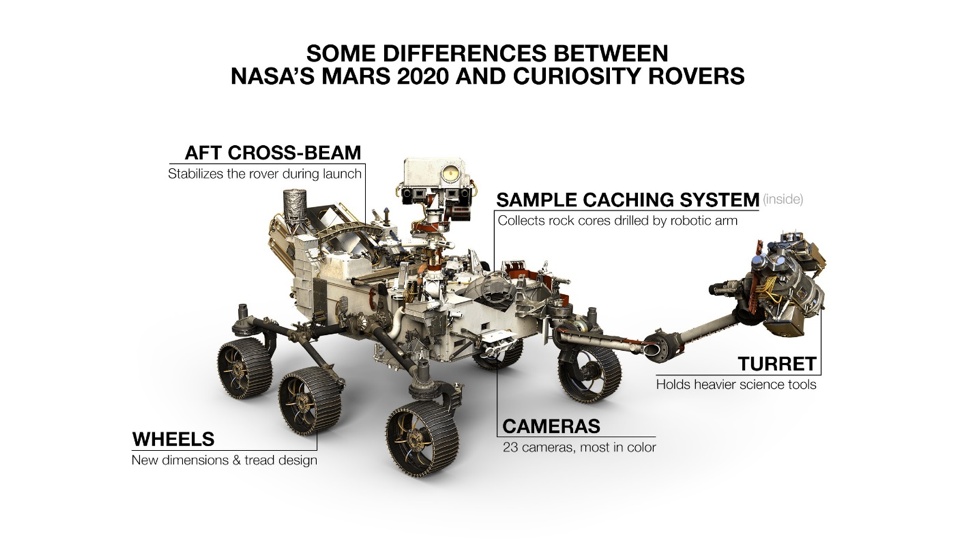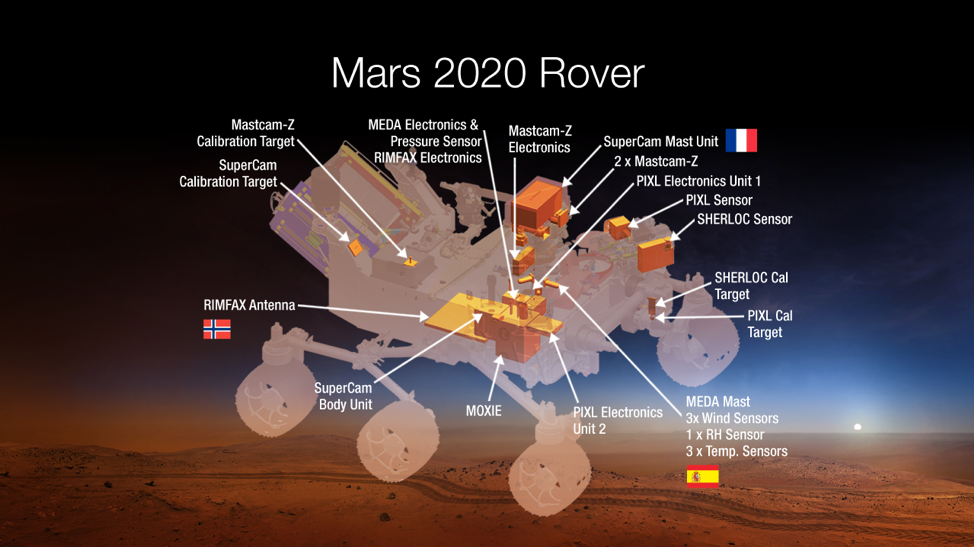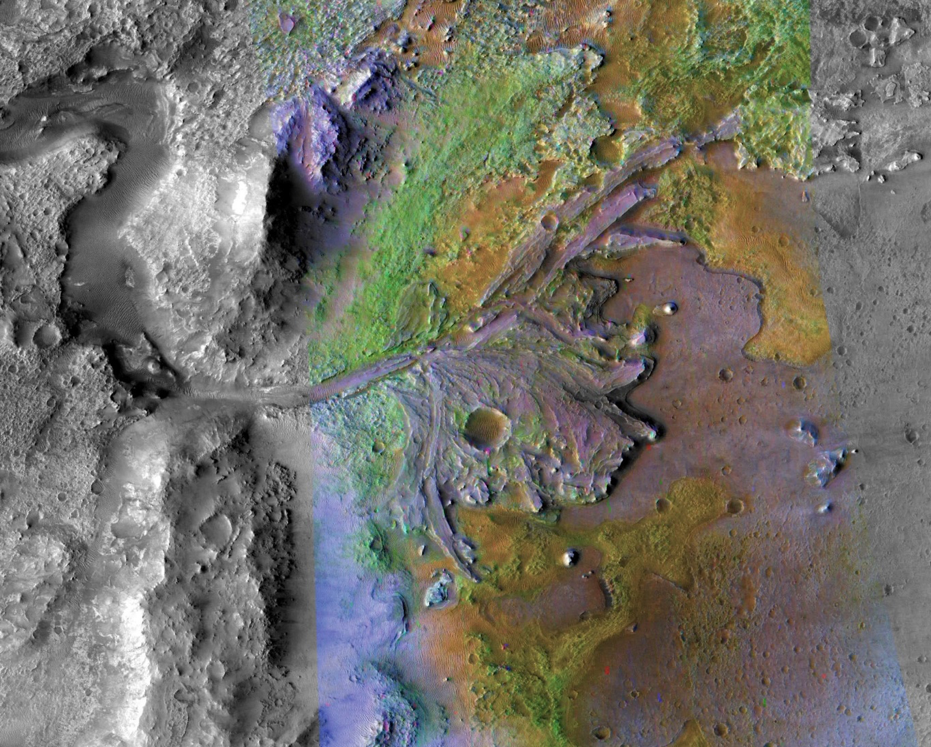Why NASA Is Headed Back to Mars with Mars Rover Perseverance
Mars is about to have a new resident: Mars rover Perseverance. Learn more about the latest mission to Mars — and what we hope to learn.
/https://tf-cmsv2-smithsonianmag-media.s3.amazonaws.com/blogging/featured/PIA23492_2_MSR_b_Mars_2020_with_tubes_on_surface-9.png)
In the last 20+ years, NASA has launched multiple stationary landers and mobile rovers to the surface of Mars: the Pathfinder lander and Sojourner rover (1997), Spirit (2004), Opportunity rovers (2004), Phoenix lander (2007), and Curiosity rover (2012), and the InSight lander (2018). Through their exploration, we have learned so much about the Red Planet. Only Curiosity and InSight are still active, but since late 2012, there has been a new Mars rover mission on the horizon. The Mars 2020 rover Perseverance is scheduled to launch on July 30, 2020.
The rover's name respresents what it takes to achieve something like sending a robotic explorer to another planet.
"There has never been exploration without perseverance," NASA associate administrator Dr. Thomas Zurbuchen said about the name. "Perseverance and curiosity together is what exploration is all about."
Perseverance will soon be on its way to the Red Planet. NASA is targeting July 30, 2020, at 7:50 am for launch, with the landing on Mars occurring on February 18, 2021. Once on the surface of Mars, the rover will traverse the landscape for at least one Mars year (nearly two Earth years).
In the latest episode of our AirSpace podcast, our hosts talk about what excites them about this mission.
So what’s new about this rover? Museum scientist John Grant, who was on the selection committee for the rover's landing site, shares what is special about the Perseverance rover:
Perseverance, which has six wheels and is about the same size as a small car, looks very much like the Mars Science Laboratory Curiosity. Curiosity is currently exploring Gale Crater and working on constraining the timing and duration of habitable conditions associated with a lake that existed more than 3 billion years ago. The Mars 2020 rover, however, has a different payload of science instruments and is not only focused on finding signs of ancient habitable conditions, but is also looking for evidence of past microbial life. It will also use a 2.1 meter long arm, which can bend and stretch much like a human arm and enables the rover to access rocks and soils, to select and cache samples that could potentially be returned to Earth by a future mission.

There are seven instruments on board the rover, collectively geared towards learning more about the geology, atmosphere, environmental conditions, and any potential biosignatures on Mars. These instruments are supplemented by cameras used by engineers for detecting hazards and planning drives. And for the first time, a robotic helicopter will be included that will test technology for scouting out high priority exploration targets and planning the rover traverse.

Perseverance will land in the Jezero crater in the northern hemisphere of Mars (18.5N, 77.4E). Choosing where to land a rover is no simple task. As co-chair of the Mars 2020 Landing Site Steering Committee, my team was tasked with narrowing down the more than 30 candidate landing sites proposed and assessed by the science community. After five years examining all the options, Jezero crater was selected.
The 49 km-in-diameter Jezero impact crater is near the western margin of an ancient, very large impact basin named Isidis basin. There is a large water-cut valley that enters the western side of the crater and deposited a broad delta on the margin of an approximately 250-meter-deep lake that filled the crater perhaps 3.5 or 4 billion years ago. The ancient delta and associated lake deposits in Jezero appear analogous to many broadly similar features that form on Earth and that often preserve evidence of past habitability and life. The Mars 2020 rover will land on the now-dry floor of the crater and explore the ancient lake and delta deposits to determine what the ancient lake was like and whether there are any preserved biosignatures related to past occurrence of life on Mars.

